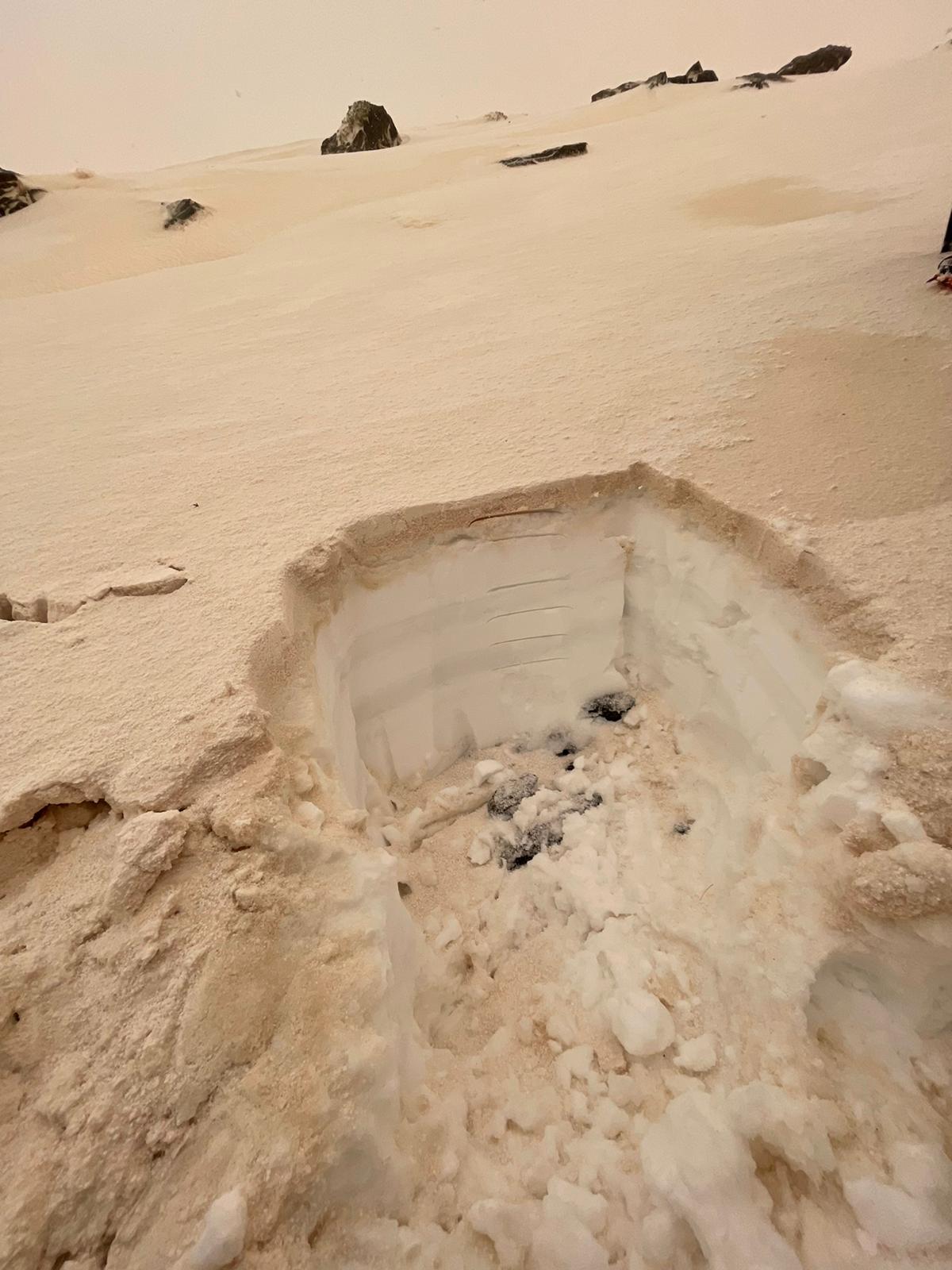The Sahara Desert has invaded Spain's usually snowy mountains, transforming the blindingly white snow to dirty orangey brown in a matter of hours.
Videos shared since the huge dust storm began spreading from Africa across Spain, Portugal and the rest of Europe show a bizarre, alien landscape, described by some as being like "Mars" or "the beach in the mountains".
From Sierra Nevada in the south-west to Valdesqui near Madrid and east to the Pyrenees mountains, skis cut deep tracks in the dust blanket, exposing the still-white snow hidden beneath.
READ MORE: 'We need you right now': Zelenskyy mentions Pearl Harbour, September 11 in US Congress address
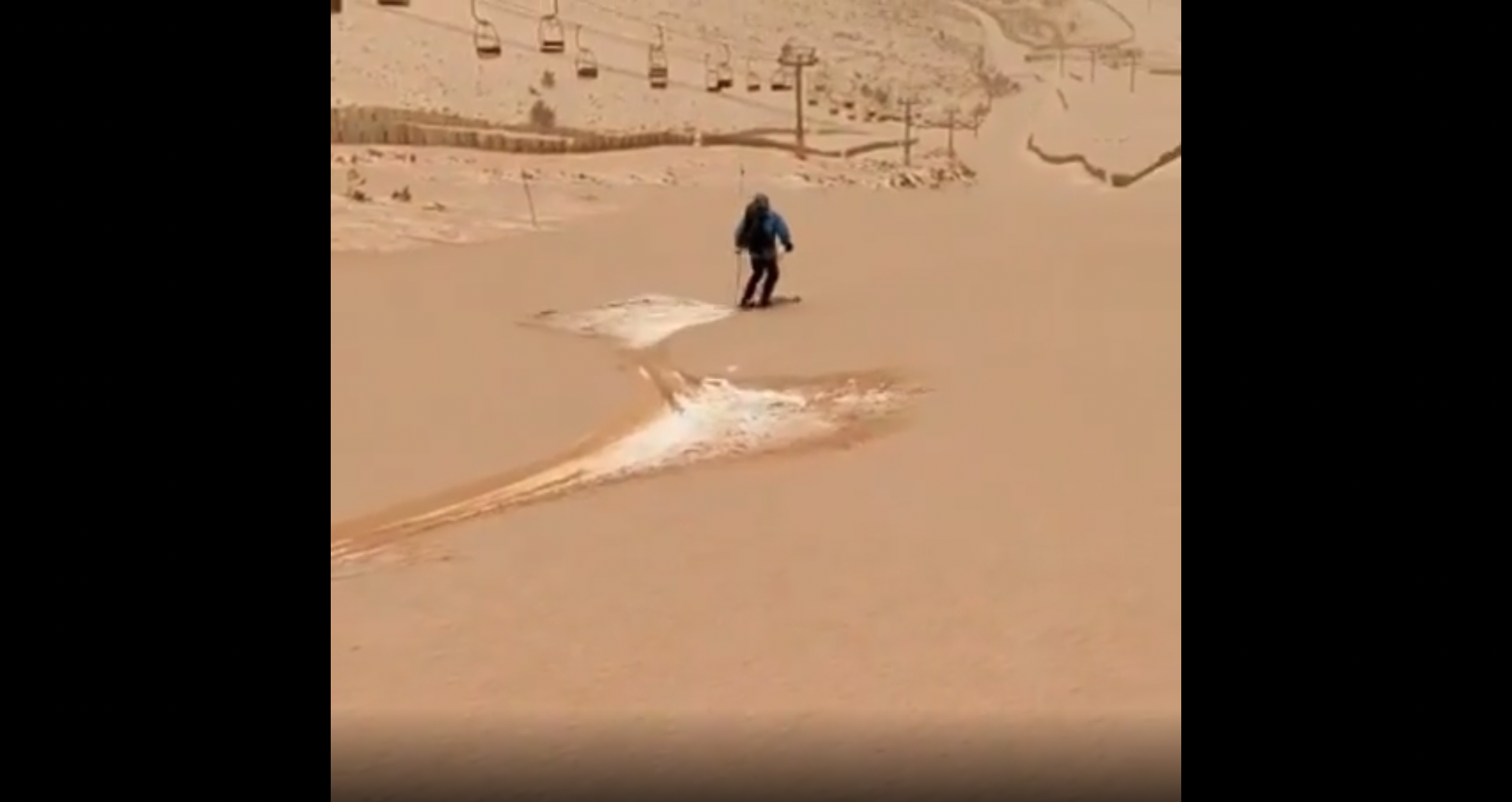
In Switzerland, orange-tinted snows covered the Alpine slopes of the Pizol resort near tiny Liechtenstein, while reddish skies loomed over places like the Payerne Air Base near Lake Neuchatel.
Snowboarders and skiers cut white lines through the snow in the Pyrenees Mountains.
READ MORE: Perth school mourns children who died in Coogee car fire
https://twitter.com/AP_Europe/status/1504102742498893827?s=20&t=l8LeNnwLYHQ59ba1I7PUYwFor experienced Sierra Nevada ski guide Carlos J García Becerra, it's a strange sight. He told 9News.com.au something like this happens every year, but this year the dusty carpet is much more severe than usual.
"The sky is all orange and brown, the snow as if it had a sepia colour filter," he said.
READ MORE: NSW Liberal MP Catherine Cusack to resign over 'unethical' flood funding distribution
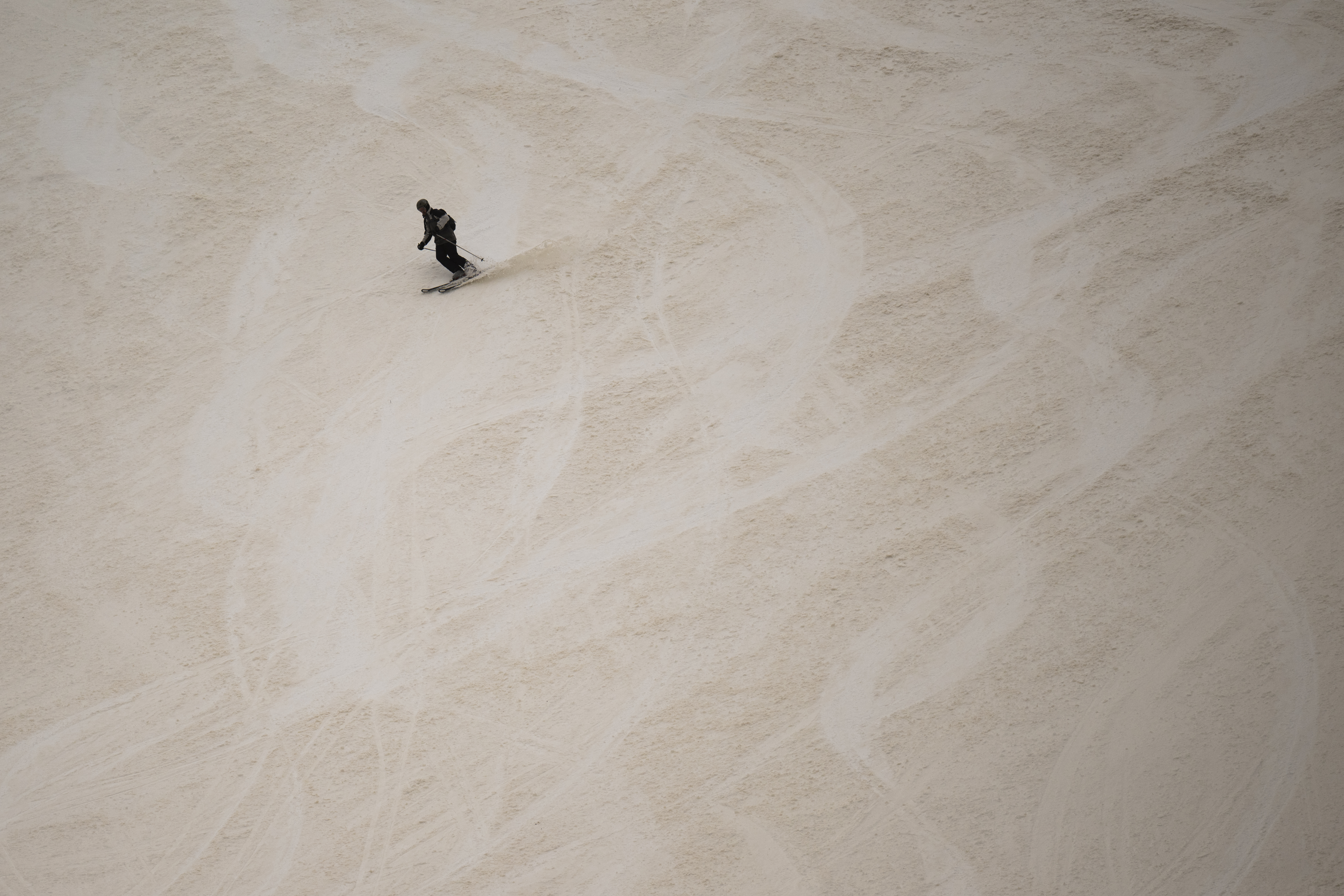
"The truth is that it is a strange sensation for those who experience it for the first time and for those of us who have lived it for several years."
"The feeling is like you're skiing down a sand dune in the desert."
It spells bad news for the rest of the ski season, particularly given decent snow has only just begun falling this week after a dry winter, bordering on drought.
https://www.instagram.com/p/CbIoYJYgpIw/"The effect is total destruction since this sand is much hotter than the snow and when it falls on the surface of the snow it causes it to melt much faster than normal," Mr Becerra said.
"Although at first glance it seems beautiful and spectacular to ski or walk on it, in the end it is a ruin because the snow will not last long."
Skiers have still been hitting the slopes despite the dust and, in the case of Sierra Nevada, closed lifts due to high winds.
It's still snowing at the famous peak and the dust is slowly heading on its way, so Mr Becerra is still hopeful the rest of the season can be saved.
https://www.instagram.com/p/CbIFrZrKS7O/The dust storm made it hard to breathe in large parts of Spain for a second day on Wednesday and gave cleaning crews extra work as far away as Paris, London and Belgrade to remove the film of dirt falling on cars and buildings.
The European Union's Copernicus Atmosphere Monitoring Service said it was tracking the large mass of dust that had "degraded air quality across large parts of Spain, Portugal and France".
While Spain is bearing the brunt of the storm, dust was flung far beyond, dumping ochre-coloured blobs on cars in a rainy Paris and sifting a fine powder down on a huge swath of the continent.
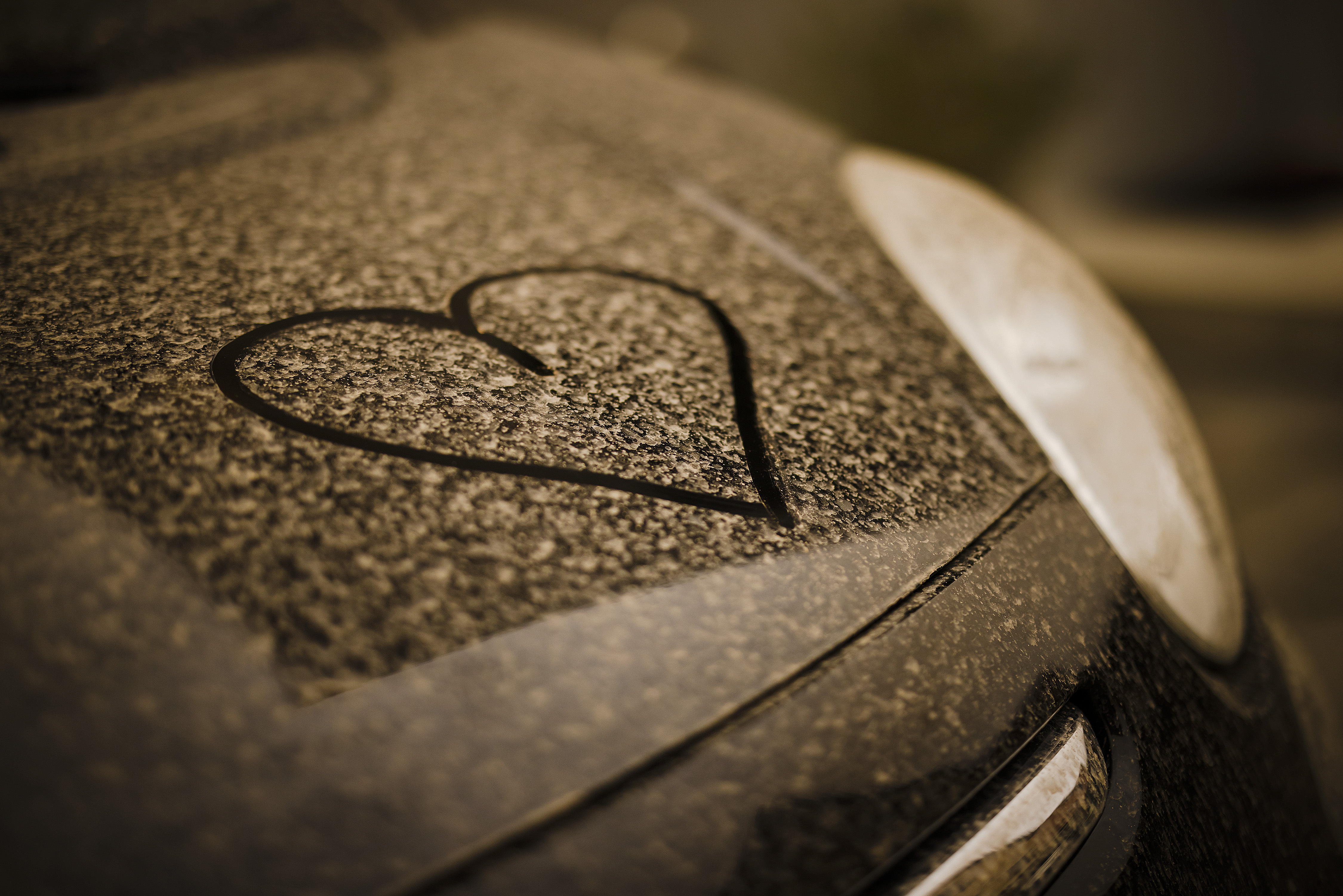
Experts, including Spain's national weather service, described the event as "extraordinary" for the amount of dust in the air but noted that it had not broken any records.
"This is an intense event, but this type of event typically occurs once or twice a year, normally in February or March, when a low-pressure system over Algeria and Tunisia gathers up dust and carries it north to Europe," Carlos Pérez García, a researcher studying atmospheric dust at the Barcelona Supercomputing Centre, told The Associated Press.
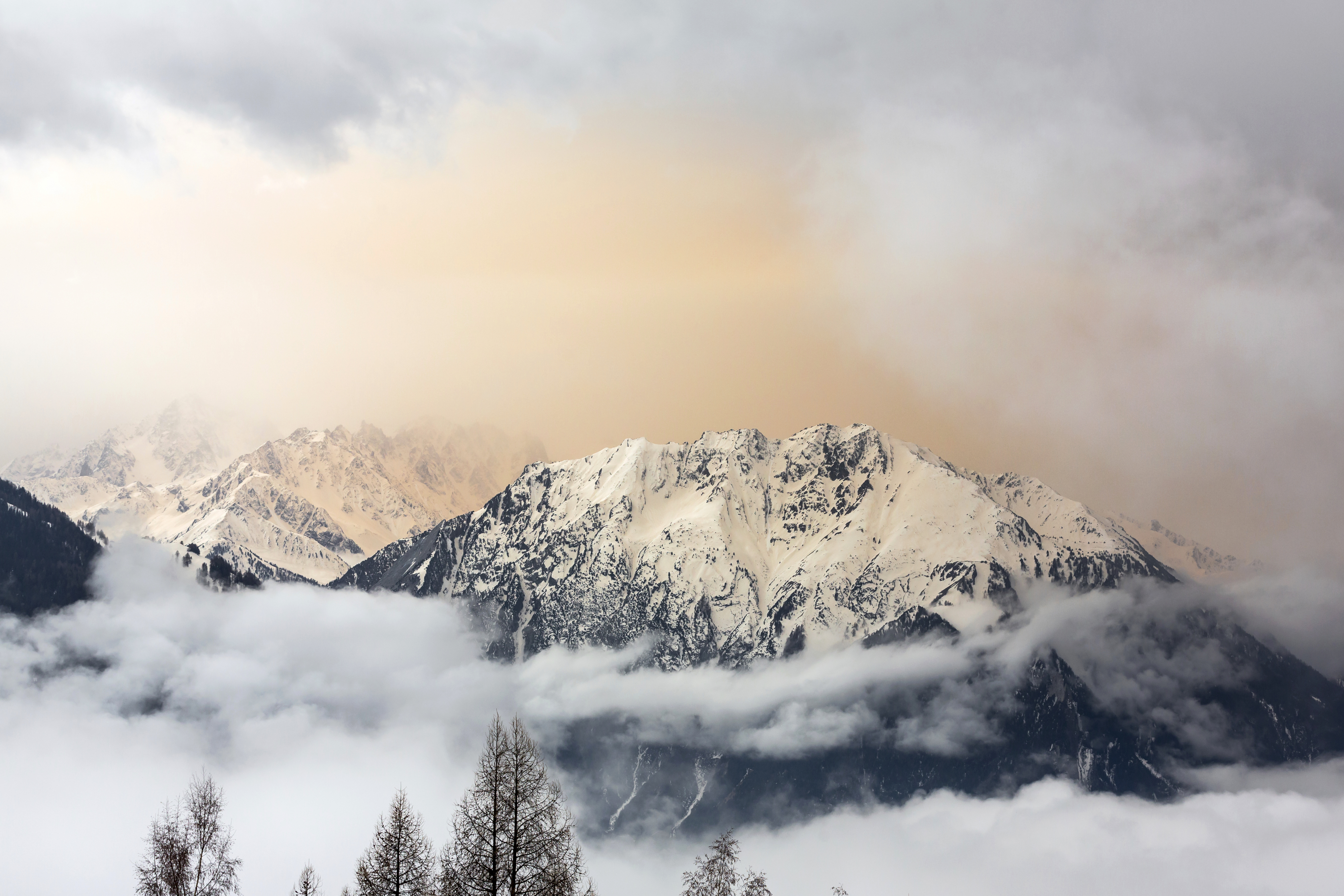
"Dust can reach the UK, or even Iceland, as it did last year."
The area of Spain rated by its national air quality index as "extremely unfavourable" — its worst rating — expanded from the start of the European event on Tuesday to include most of the nation's southern and central regions, including Madrid and other major cities such as Seville.
Authorities recommended for people to wear face masks, still in wide use because of the pandemic, and avoid outdoor exercise, especially if suffering respiratory diseases.
